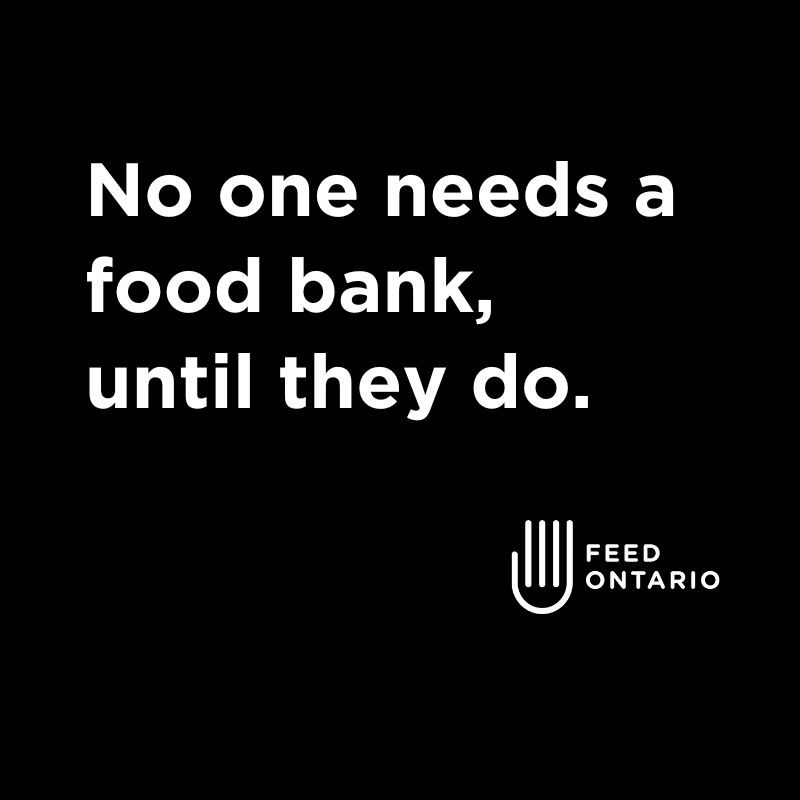No one plans to retire without enough to get by. Many seniors living on a fixed income don’t have enough to afford basic necessities like rent, utilities, transportation, or food.
The comfortable retirement that so many Canadians thought they could look forward to is becoming increasingly more unstable. The decline in employer pension programs, barriers to accumulating personal savings, and the widening gap between income provided through government pension programs and the rising cost of living is resulting in more seniors falling into poverty. When their retirement savings and benefits fall short of meeting their monthly expenses, more seniors are turning to food banks for help.
- Seniors are nearly twice as likely to need the assistance of a food bank on a long-term basis compared to adults under 65 years of age.
- As of 2019, over 12% of Canadians over the age of 65 fall below the low-income measure.
- 48% of food banks offer food to meet specific diet requirements and they provide opportunities for seniors to volunteer and build community.
Learn more about how hunger also affects workers, children, and people with disabilities, and the three ways you can help.
General Statistics:
- 587,000 adults, seniors, and children accessed a food bank in Ontario between April 1, 2021 and March 31, 2022 – an increase of 15% over the last three years.
- Ontario’s food banks experienced a 64% increase in first-time visitors since 2019.
- Ontario’s food banks were visited more than 4.3 million times throughout the last year, an increase of 42% over the last three years.
- Feed Ontario supports 1,200 hunger relief organizations across the province and distributed more than 7.3 million pounds of food last year, 63% of this was fresh or frozen.
- 91% of food banks provide services and programming beyond emergency food support.
- Between January and September 2022, the number of people accessing food banks increased by 24% over the same period in the previous year alone.

